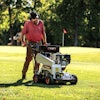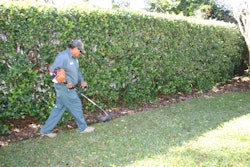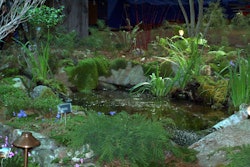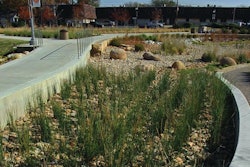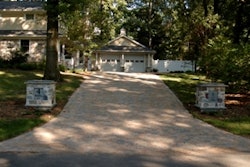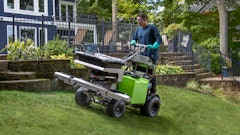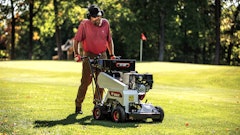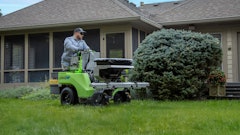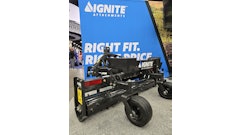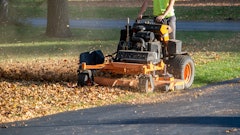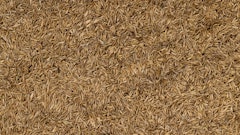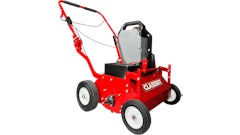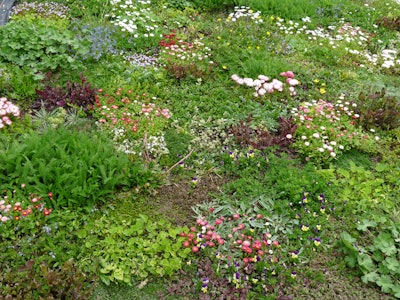
Gardeners [and landscapers] consider ground covers to be short plants that act as living mulch, suppressing weeds and preventing erosion.
Your bluegrass lawn is a ground cover. Because it is so popular, its growing needs are well-known. You can easily find someone to grow and mow it for you. Even simpler is growing native grasses—less water and much less mowing.
However, when I surveyed the Laramie County Master Gardeners for their favorite perennial ground covers, a variety of short, flowering plants were listed requiring various amounts of sun and water. All have big advantages over mulches like gravel or wood chips. Established ground covers out-compete weeds. Rock and wood chip mulches, on the other hand, eventually fill with weeds. Plants keep the ground around themselves cooler. Rock mulch makes an area hotter. Plants recycle carbon dioxide and make oxygen. Rocks and woodchips don’t.
A blooming ground cover also offers more for bees and butterflies than rock, wood or a plain lawn. You can combine plant species in a mosaic, or in what’s being called a tapestry lawn by researchers at the University of Reading in Britain.
To read the full original article, please click here.


